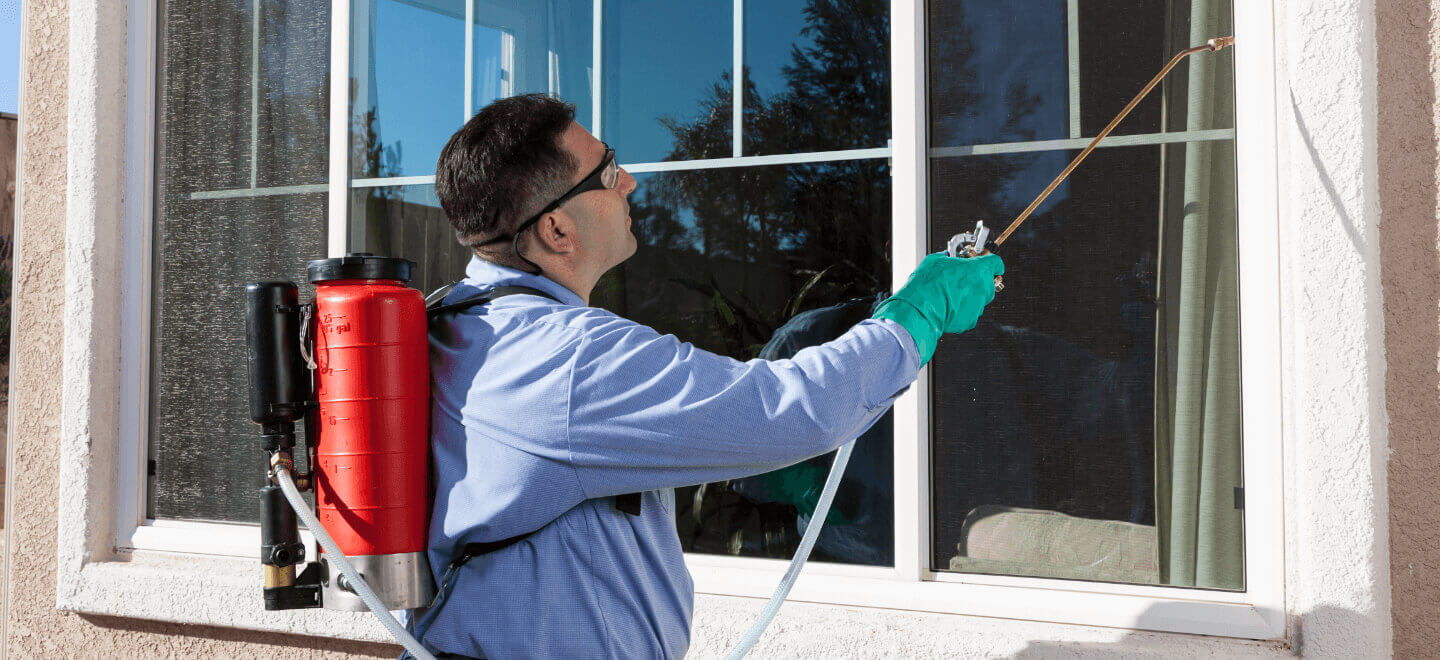Bed Insect Treatment Break Down: Contrasting Chemical Vs. Non-Chemical Solutions
In the world of parasite control, particularly when handling the persistent problem of bed insects, the selection in between chemical and non-chemical treatment options can be a crucial one. Both approaches provide unique advantages and disadvantages, influencing aspects such as efficiency, safety and security considerations, and overall cost. By checking out the nuanced information of each approach, a clearer understanding of which course to pursue in addressing a bed insect invasion can be obtained.
Efficiency of Chemical Therapies
Chemical treatments for bed bug problems have actually been commonly recognized for their potent and fast efficacy in eradicating these insects. When thinking about the effectiveness of chemical therapies, it is essential to recognize that they can give a fast and comprehensive service to a bed bug trouble.
Furthermore, chemical therapies have the advantage of offering recurring effects, implying that they can remain to get rid of bed bugs even after the first application. This residual action is particularly beneficial in combating any type of possible re-infestations. Additionally, the quick activity of chemical therapies can bring relief to people encountering extreme bed bug infestations, permitting them to regain control of their living spaces promptly.
Safety And Security Interest In Chemical Solutions
One critical facet that needs careful factor to consider when utilizing chemical options for bed bug therapy is ensuring the security of residents and the atmosphere. Exposure to certain chemicals used in bed pest treatments can lead to respiratory system problems, skin inflammation, or various other unfavorable responses, especially in individuals with pre-existing conditions or sensitivities.
Furthermore, the ecological influence of chemical solutions is one more substantial consideration. Some pesticides used in bed pest treatments may be damaging to advantageous bugs, wild animals, and environments if they seep into the soil or water systems. It is necessary to make use of chemical treatments sensibly, adhering to safety standards, and taking into consideration less harmful choices to reduce these dangers and make certain the effective and risk-free administration of bed bug invasions.
Advantages of Non-Chemical Approaches
Thinking about the possible safety concerns and ecological impact associated with chemical solutions for bed pest treatment, discovering non-chemical methods presents an encouraging option with numerous unique benefits. Non-chemical therapies are ecologically pleasant, as they do not contribute to air or water air pollution, making them a sustainable choice for pest control.
In addition, non-chemical options can be efficient in targeting bed bugs, consisting of hard-to-reach areas where chemical therapies may not pass through. Approaches such as warm therapy, vacuuming, heavy steam cleaning, and cushion coverings offer extensive eradication without making use of unsafe chemicals. In addition, non-chemical methods can be much less turbulent, requiring marginal preparation and permitting quicker reentry right into treated areas. Overall, going with non-chemical bed insect therapy methods not just prioritizes safety and environmental defense yet additionally makes certain effective and thorough pest control.
Limitations of Non-Chemical Treatments

Furthermore, non-chemical therapies often need multiple applications to accomplish effective eradication. This can be lengthy and might not always ensure full elimination of all bed insects and their eggs, specifically in hard-to-reach or surprise locations.
Additionally, the success of non-chemical therapies heavily depends on correct execution and thoroughness, which can be testing for individuals without professional know-how. Inadequate application of non-chemical methods may lead to incomplete obliteration, resulting in relentless invasions and the requirement for added therapies.
For that reason, while non-chemical treatments have their advantages, it is important to recognize these constraints and consider them when determining the most effective method for managing bed bug problems.
Price Contrast: Chemical Vs. Non-Chemical Options
Offered the restrictions connected with non-chemical therapies, a vital element to assess in the context of bed bug management is the price comparison in between chemical and non-chemical alternatives. Chemical treatments normally include the application of insecticides by specialists, which can range from $250 to $900 per area, depending on like this the severity of the infestation and the dimension of the location to be treated. On the other hand, non-chemical therapies like heat therapy or heavy steam can be a lot more what is pest control treatment expensive, with costs ranging from $1,000 to $6,000 for an entire home. While the initial expense of chemical therapies might appear reduced, several treatments might be called for to fully remove the infestation, possibly enhancing the overall price. On the various other hand, non-chemical choices may give a much more environmentally friendly and sustainable service, although they can be cost-prohibitive for some people. Eventually, when taking into consideration the expense of bed insect treatment options, it is very important to evaluate the in advance costs against the efficiency and long-term sustainability of the selected technique.
Verdict

Thinking about the possible safety issues and ecological effect associated with chemical services for bed insect therapy, exploring non-chemical strategies offers an appealing choice with numerous distinct benefits.Given the restrictions linked with non-chemical therapies, an important aspect to review in the context of bed bug administration is the expense contrast in between chemical and non-chemical alternatives. In contrast, non-chemical therapies like warm therapy or vapor can be much more costly, with prices varying from $1,000 to $6,000 for a whole home. While the first price of chemical therapies over here may seem reduced, numerous treatments may be required to fully remove the invasion, potentially enhancing the general expense.In final thought, when comparing chemical and non-chemical bed insect treatment options, it is necessary to consider effectiveness, safety, benefits, constraints, and price.